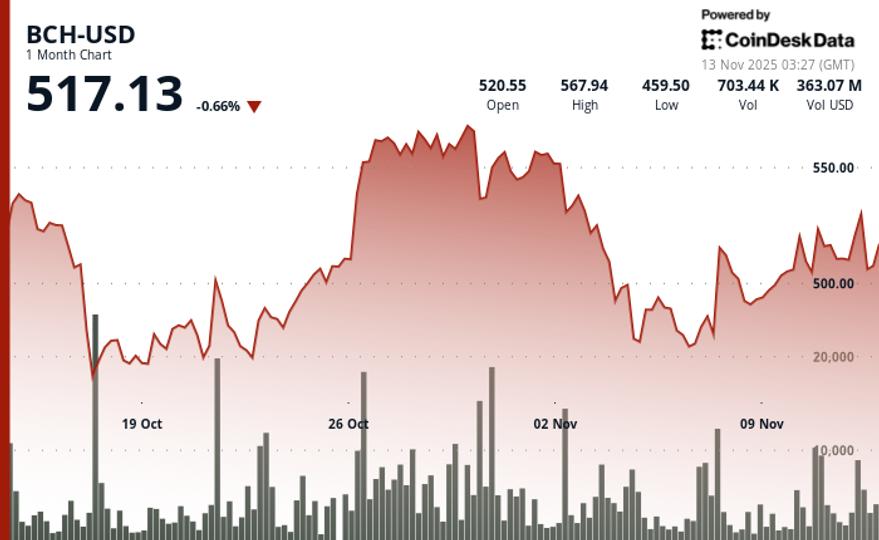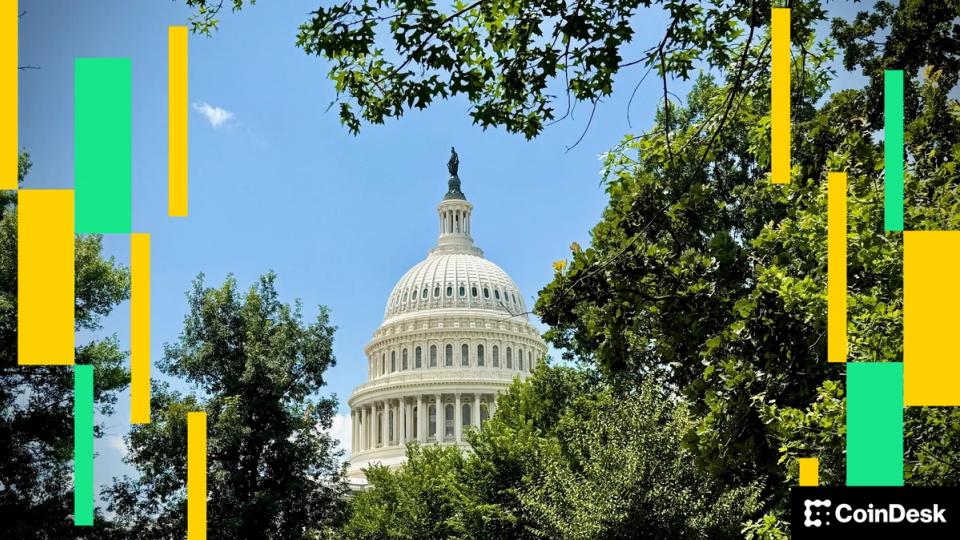
Google's New Digital Currency Concept Could Render Blockchain Obsolete


Google is developing a digital currency concept that could eliminate the need for blockchain technology by utilizing the fundamental laws of physics. The company's researchers have presented a protocol in a new study related to quantum coins, where banks can distribute indistinguishable quantum tokens before measurement.
The research titled “Anonymous Quantum Tokens with Classical Verification” has been conducted by scientists from Google Quantum AI, the University of Texas, and the Czech Academy of Sciences. This study advances the idea of money being protected by immutable quantum physics laws.
This groundbreaking research directly questions the technological foundations supporting cryptocurrencies like Bitcoin. The new approach uses quantum mechanics to secure digital currency instead of relying on distributed ledgers and computational power. Dar Gilboa, a Google Quantum AI researcher and one of the authors of the study, stated, "This is an incredibly crazy tool. You can do so many wild things. High risk, high reward - but that's what makes it exciting."
The quantum currency system does not just make counterfeiting cryptocurrencies like Bitcoin computationally difficult; it makes it physically impossible. Gilboa remarked, "If a $1 bill were truly a quantum state, you could prove that it was impossible to copy such a state based on the properties of quantum mechanics."
The primary goal of blockchain technology is to prevent the "double spending" problem without the need for a central authority. However, quantum currency addresses this issue in a more direct manner. If the token itself cannot be physically copied and can only be spent once, there is no need for a global ledger to track who owned what throughout history.
Gilboa stated, “We are not solving the same problem. Our work is not decentralized, so it is not a strong analogy to cryptocurrencies.”
This revolutionary concept emerged from physicist Stephen Wiesner's proposal in 1969 to create "quantum money with a private key." Wiesner’s work was published in 1983 and suggested that each banknote could exist as a unique quantum state tied to a specific serial number. Only the entity minting the money would have the authority to verify the identity of this money, creating an unprecedented level of security.
Google's recent work outlines a system containing quantum tokens generated and verified by a trusted central issuer, such as a bank or government institution. Unlike current monetary systems, this issuer will not have the ability to track how the money moves in the economy.
This system includes an embedded verification method that allows users to verify their tokens through a "exchange test," enabling individuals to check whether the issuer is attempting to secretly tag or monitor their money. Gilboa explained, "If the tokens are not the same, it means the bank can track you. The bank's attempt to secretly label the money would become apparent immediately."
Benzer Haberler
.png)
Yakında Tüm Platformlarda
Sizlere kesintisiz haber ve analizi en hızlı şekilde ulaştırmak için. Yakında tüm platformlarda...






.png)